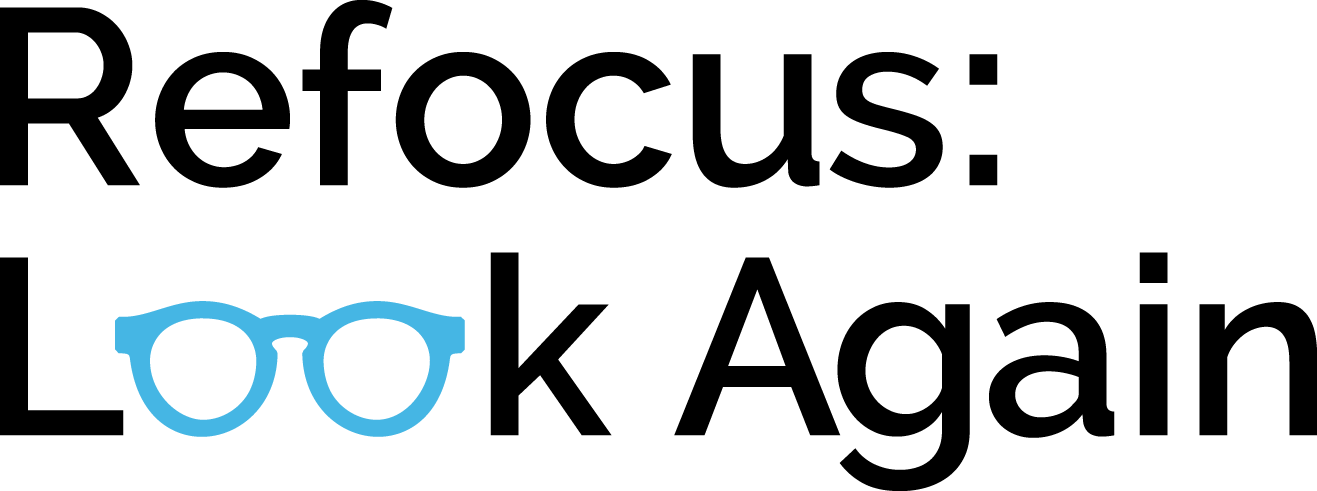Disclaimer: the political views presented in this article are the author's and do not reflect positions of the Distorted Perceptions Campaign.
“Regardless of good intentions, people tend to perceive anyone whose psychological problems are worse than one’s own as “them” and not “us.” They are “other.” For the really serious problems there tends to be a perception of people as dangerous and deserving social isolation; we should “lock ‘em up!” People with milder conditions often confront a “weak-not-sick” attitude; they should “just get over it.”
These stereotypes help create social and emotional distance between the stigmatizing and the stigmatized. By creating this distance people can nurture the comforting fiction that instead of a fine line there’s a large gap between the mentally ill (them!) and the mentally well (us, whew!!). But that’s a myth. The line is very fine. They is us.”
Psychologist Todd Essig discusses the what stigma is, it’s wide reach, and how everyone can and should get involved in the fighting it. “With around 1 in 5 Americans suffering from a mental illness over the course of a year, chances are pretty good you either are, have been, or are close to someone bearing the burden by stigma. The fight to reduce that burden really should involve everyone. So, after some context, I want to talk about three ways anyone can join the fight.”
Click the “Source” link below to access the full article from Forbes.

